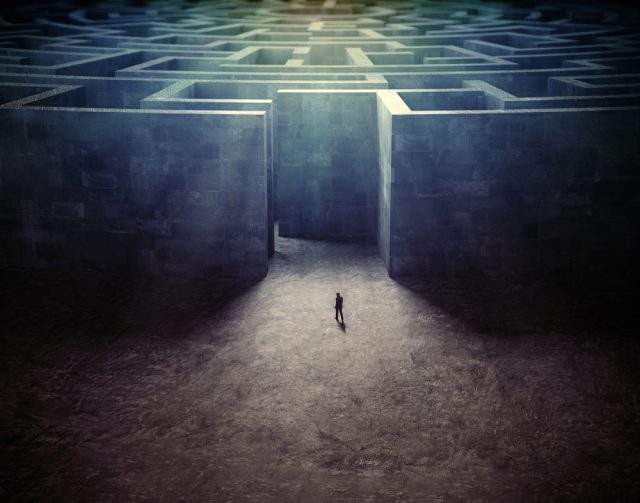Automation challenges unpacked -- Part 2: Process complexity

In my last article about automation challenges, I covered how to manage endpoint diversity -- all of the people, systems and devices that execute tasks within an end-to-end automated process. In this piece, I’ll focus on process complexity, which is closely intertwined with endpoint diversity.
Many organizations share the ambitious goal of automating their processes as much as possible. However, in reality, processes are often automated “locally,” or within a single software system, team, or group of devices. To execute a process, you need to coordinate the execution of all of its tasks, based on a certain logic. Most processes -- even if they sound simple -- follow a more complex logic than the straightforward series of steps involved in a confined local process.
That’s why many complex processes must be described using advanced workflow patterns to represent their sophistication. Let’s dive into advanced workflow patterns, and their role in addressing the challenges that come along with process complexity.
The business challenges of process complexity
Organizations dealing with process complexity often face two major business challenges. The first is around technical and non-technical business stakeholder alignment. Even if a business process seems simple on its surface, designing, operating and improving end-to-end processes requires a lot of collaboration. Getting multiple stakeholders on the same page can be difficult to achieve.
The second challenge is around speed, scalability and resilience. Executing a complex process often comes hand in hand with reliability and scalability issues. For example, even if there is a spike in traffic and orders to a retailer’s website, processes need to run reliably between systems and people. In addition, a business-critical automated process must offer high availability. That might mean letting process orchestration logic run in a redundant deployment across multiple data centers.
When either of these challenges arise, they can lead to disjointed, inefficient processes that are frustrating for both internal stakeholders and external customers alike. Effective process design that incorporates advanced workflow patterns can address all three of these challenges.
What are advanced workflow patterns?
Basic process logic might include steps in a sequence, branches for if/then-based processes, parallel execution, or even wait steps. This type of logic might work for local task automation (such as the work that an application user does in the user interface, which can be automated by RPA) or simple integration flows (to move data from one application to another using an iPaaS tool.)
However, most advanced workflow patterns involve reacting to events or handling very complex business process logic across multiple endpoints. Process modeling standards like BPMN were created to design and execute advanced workflow patterns. BPMN enables a much more effective collaboration between the different stakeholders of a process, such as business users and developers. In addition, execution tools that support BPMN ensure a reliable, scalable orchestration of the end-to-end process, regardless of its complexity.
A few examples of advanced workflow patterns include:
- Dynamic parallel execution, or dynamically coordinating multiple tasks at the same time. For example, a music venue opens up concert ticketing at 10am, and must process multiple concurrent orders at once, removing them from the ticketing system once they’re sold.
- Message correlation, or correlating disparate events. For example, a customer calls into a contact center after troubleshooting online. The contact center must align a unique customer ID with the user’s activity to avoid asking for repeat information.
- Time-based escalation, or escalating processes that are not completed in a certain period of time. This is common with human tasks in an automated workflow; for example, if a housing appraiser does not complete the appraisal within an allotted time, an automated system from a mortgage company may trigger time-based escalation in the form of a task reminder or an assignment of an alternate appraiser.
Solving process complexity issues
Applying advanced workflow patterns to process complexity challenges starts with process design. As mentioned above, using a framework like BPMN or DMN can help align technical and non-technical stakeholders. For example, BPMN uses flowcharts to describe process design. The charts are easy to understand for both business users and those in charge of technical execution, such as enterprise architects or developers. That makes process design collaborative and easy to change.

From there, it’s critical to embrace systems that integrate with these process design frameworks to properly orchestrate processes from end to end. This will ensure maximum availability, resilience and scalability in the face of process complexity. The ultimate goal is to avoid process silos that come from local automation, which helps organizations achieve seamless automation that doesn’t miss a beat -- across even the most complex processes.
Photo Credit: Mopic/Shutterstock

Jakob Freund is is co-founder and CEO Camunda. He is responsible for the company’s vision and strategy, and is the driving force behind Camunda’s global growth and takes responsibility for the company culture. As well as holding an MSc in Computer Science, he co-authored the book "Real-Life BPMN" and is a sought-after speaker at technology and industry events.
